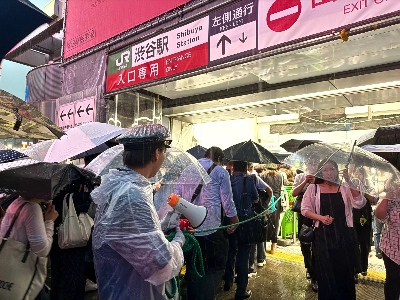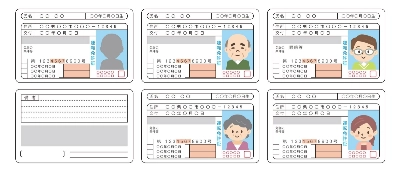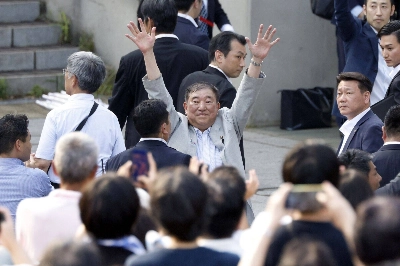Nearly six months after U.S. President Barack Obama entered the White House, it is apparent that America's Asia policy is no longer guided by an overarching geopolitical framework as it had been under President George W. Bush. Indeed, Washington's Asia policy today appears fragmented. The Obama administration has developed a policy approach toward each major Asian subregion and issue, but still has no strategy on how to build enduring power equilibrium in Asia — the pivot of global geopolitical change
China, India and Japan, Asia's three main powers, constitute a unique strategic triangle. The Obama administration has declared that America's "most important bilateral relationship in the world" is with China, going to the extent of demoting human rights to put the accent on security, financial, trade and environmental issues with Beijing.
But it has yet to fashion a well-defined Japan policy or India policy. While a narrow East Asia policy framework now guides U.S. ties with Japan, Washington is again looking at India primarily through the Pakistan prism. That translates into a renewed U.S. focus on India-Pakistan engagement, resurrection of the Kashmir issue and preoccupation with counterinsurgency in the "Afpak" region, including implications for American homeland security.


















With your current subscription plan you can comment on stories. However, before writing your first comment, please create a display name in the Profile section of your subscriber account page.